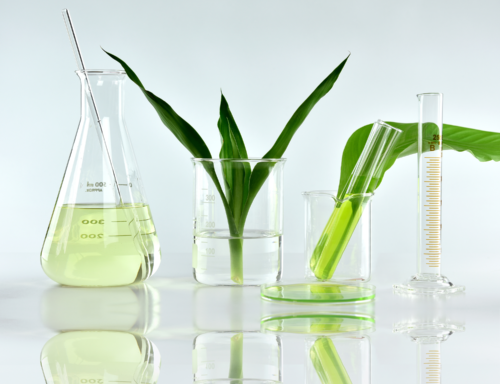Cleaning for Botanical Soils
Tweet
 Print
Print

A botanical extract is a substance derived from a plant. Some commonly used botanical extracts are vanilla, echinacea, gingko biloba, cranberry, and aloe vera. They are used in a wide variety of industries—from nutritional supplements to cosmetics—and for many purposes, including fragrance and medicinal properties, or to add flavor to food.
In the U.S., botanicals may be used in any regulatory category for which the requirements can be met, such as food and dietary ingredients, drugs, devices, cosmetics, flavorings, color additives, fragrances, and medicine.[1]
An effective cleaning method is critical to this industry. The most important component of developing an effective cleaning protocol is the selection of an appropriate cleaner. Other important variables include dwell time, temperature, mechanical force, and cleaner concentration. When certain variables are restricted, like when high temperatures cannot be achieved, the other variables can be manipulated to compensate.

International Products Corporation (IPC) in Burlington, NJ, tested various cleaning temperatures, dwell times, and concentrations for each of IPC’s cleaning products to determine which combinations were best at removing hops resin (a sticky, difficult-to-remove brewery soil), and hemp oil (a less-difficult cannabis industry soil). The results proved that IPC’s cleaners are effective at cleaning residues and soils left behind by processing oils, extracts, powders, and other botanical byproducts.
IPC manufactures many cleaners that are effective and economical and can be validated in regulated industries. All are NSF registered A1 cleaners. So, whether you’re cleaning harvesting tools, extraction equipment, labware or hard surfaces and tanks, IPC has a cleaner for you. Biodegradable formulas are available too!
Read our Hops Resin Report and Hemp Oil Report here.
[1] Tamayo, Carmen, and Freddie Ann Hoffman. “Botanical Regulation: Comparison of the United States and Canada.” Pharmaceutical Regulatory Affairs: Open Access, vol. 06, no. 01, 2017, doi:10.4172/2167-7689.1000189.
Tweet
 Print
Print